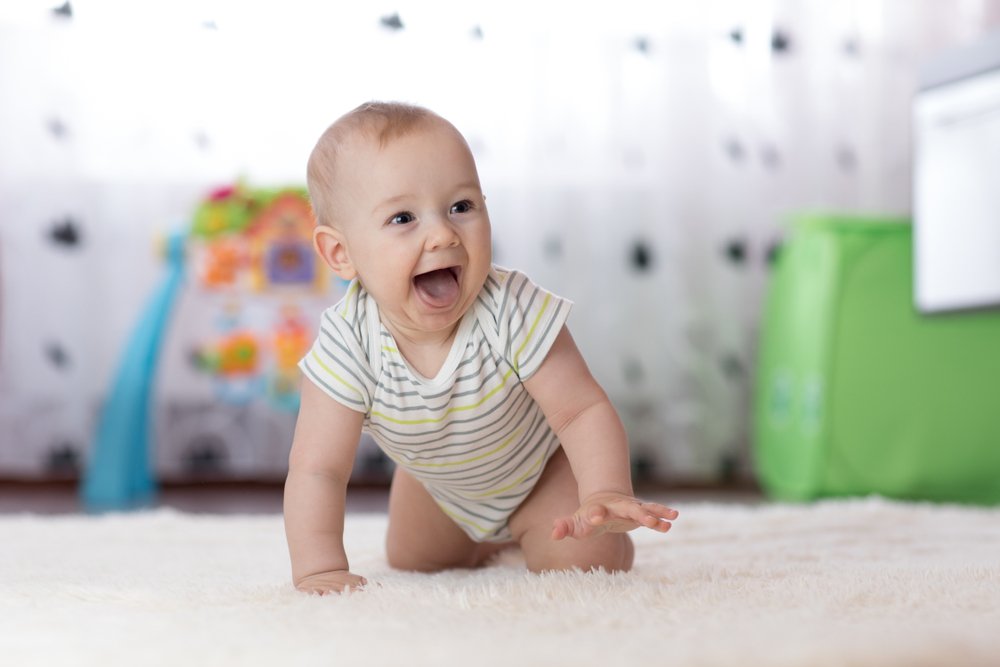Crawling is an important part of your baby’s development. They’re now getting mobile, so prepare to be chasing them around from room to room. In this article, we’ll talk about the different skills that crawling helps develop.
Balance
Balance is an essential skill your little one will always need. Walking, running, jumping, kicking a ball, writing, and coloring requires balance. As your baby achieves this, they’ll learn how to distribute their weight and move from side to side. Research at San Francisco State University found that babies who engage in tummy crawling (also referred to as prone locomotion) are faster when learning how to control tasks that require a right posture and balance skills; this learning occurs through visual stimulation.
Fine and gross motor skills
As your little one presses their weight on their palms, they’ll stretch the tiny muscles in their hands and fingers. This will help them with the skills of picking up small objects, manipulating toys, and writing. As they learn how to move, your child will coordinate large arm, leg, feet, and trunk movements which will give them strength and the ability to carry their body and achieve future skills, like throwing and catching.
Hand-eye coordination
As their hands become their guide, they’ll establish hand-eye coordination. This will serve them to focus their attention on something while their hands execute the task. This is a skill they will need for reading, writing, and sports activities.
Binocular vision
Your baby will train their eyes to look out into the distance and then back at their hands while crawling and reaching for an object. They will use this skill later on when copying something from a blackboard at school.
Cognitive processes
The mechanics of crawling stimulate different areas of the brain that control processes like comprehension, memory, and focus. Since your little one coordinates both sides of their body, it also stimulates both hemispheres of their brain, enhancing their learning, navigation, and problem-solving. As they crawl and move through and around things, they’ll explore objects in their path and learn how to decipher the best way to get to the place of their choosing. This will also boost their confidence and self-assurance.
Remember that the process of learning how to crawl differs among babies and that each one of them figures out a style that feels good to them. If you see that your little one is not crawling, check out this article to read about some exercises you can do to help.








